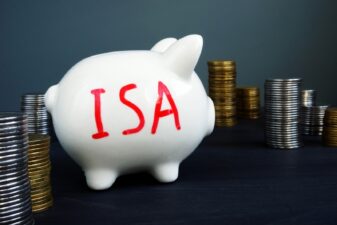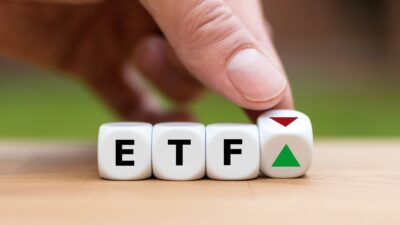If you love dividends, you’re spoilt for choice right now. Recent declines in the FTSE 100 mean that the index’s dividend yield has spiked to 4.6%, giving it one of the highest yields of any stock index in the world.
This dividend yield of 4.6% is just an average, and there’s a range of companies that offer a higher level of income. Today I’m going to look at the stock with the highest dividend yield in the blue-chip index.
Income champion
Homebuilder Persimmon (LSE: PSN) has the highest dividend yield in the FTSE 100 at the time of writing.
It’s not difficult to understand why investors are avoiding this company. It has sold substandard homes and paid bosses excessive salaries at the expense of customers and the taxpayer.
At the same time, the government’s Help to Buy scheme has been a critical contributor to profits over the past 10 years, but there’s speculation that policymakers might kick Persimmon out of this scheme unless it improves relations with customers.
For its part, the company’s management has tried to improve relations. It has commissioned independent reviews of its homes and now allows buyers to hold back a percentage of the purchase price until any snags are fixed.
The good news for income investors is, despite the company’s problems, customers are still queuing up to buy Persimmon’s properties.
At the end of June, the value of the group’s total forward sales of new homes was £1.6bn and total sales for the first six months of 2019 were £1.7bn, down 5.6% year-on-year. In total, the company sold 7,594 new homes during the first half of 2019 at an average selling price of £216,950.
With an average underlying housing operating margin of 30.8% projected for the first six months of 2019, Persimmon’s cash generation remains strong, despite the sales decline.
Cash cow
Cash generation is one of the most important metrics to consider when evaluating the sustainability of a company’s dividend payout. Persimmon’s cash generation for the past few years has been almost second to none, which is why the firm can return so much capital to investors.
The group entered 2019 with cash reserves of £1.1bn, more than enough to make good on its plan to return surplus capital to shareholders. So far this year, the business has returned around £750m to shareholders, or 235p per share.
At the end of June, the group held £833m of cash, a figure which includes all cash generated in the first half of the year and an interim payout of £400m. It excludes the second £350m cash return paid on July 2. Following this capital return, I estimate the current cash balance is around £483m, that’s without taking into account any cash generated from operations over the past month-and-a-half.
According to my research, during the second half of 2018, Persimmon booked total cash receipts of around £500m after deducting capital spending and the acquisition of new land. A repeat of this performance in 2019 would leave the company with a cash balance of nearly £1bn at the end of the year, more than enough to continue with the plan to distribute around £750m to shareholders every year.
These figures lead me to conclude that Persimmon’s 12% dividend yield is here to stay for the foreseeable future.






